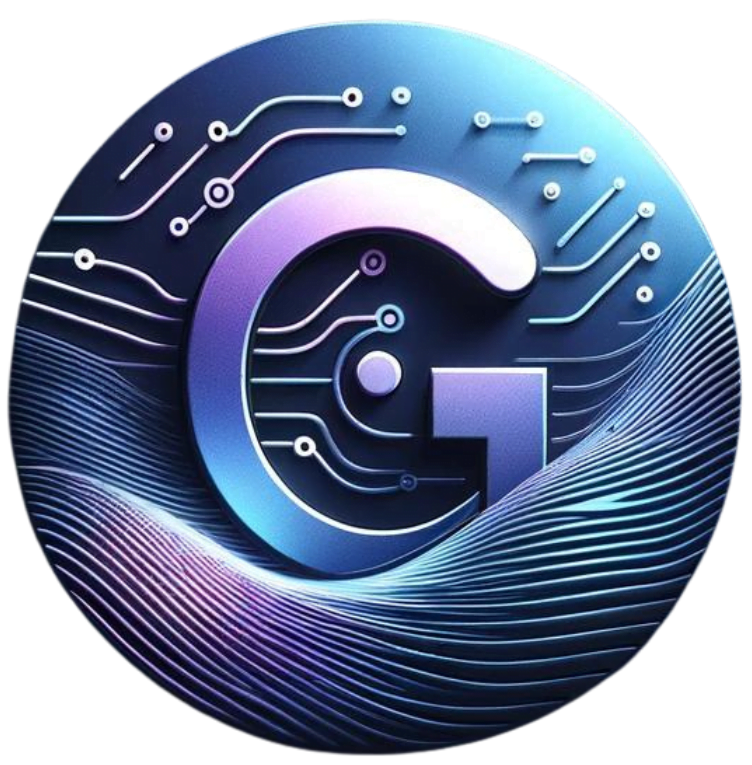4 Steps to Effective Video Marketing for Each Marketing Generation

Understanding the Unique Preferences of Each Marketing Generation
Effective video marketing hinges on a deep understanding of the distinct preferences and characteristics of each marketing generation. Baby Boomers, Generation X, Millennials, and Generation Z each have unique traits that influence their content consumption habits and the platforms they frequent.
Baby Boomers, often characterized by their inclination towards substantial and informative content, tend to consume videos that provide in-depth information and valuable insights. They predominantly use Facebook and YouTube, seeking content that enhances their knowledge or offers practical solutions. Emphasizing clarity and credibility in your messaging can help resonate with this demographic.
Generation X, who grew up during the rise of technology, appreciate straightforward and no-nonsense messaging. They gravitate towards platforms like Facebook and LinkedIn, favoring content that balances informative value with practicality. This generation responds well to videos that address their interests without patronizing them.
Millennials, digital natives, prefer engaging and visually appealing videos. They typically consume content on platforms like Instagram, YouTube, and Snapchat. Short-form content, often less than a minute, that captures their attention quickly, works best. This generation values authenticity and relatability, thriving on content that is both entertaining and meaningful.
Generation Z, the true digital-first generation, favors even shorter and highly dynamic content. Known for their fleeting attention spans, this group often engages with videos on TikTok, Instagram, and YouTube. Their preference lies in creative, fast-paced, and visually captivating content. Authenticity is crucial; they resonate with brands that reflect genuine values and contemporary trends.

Crafting Tailored Messages for Each Generation
To truly engage your audience, it is crucial to craft tailored messages that resonate with the specific needs and values of each generational cohort. This approach not only makes your content more relatable but also significantly enhances its effectiveness.
To start, consider the language and tone you use in your videos. For instance, Baby Boomers generally appreciate professional and respectful communication, while Millennials might respond better to a more casual and conversational tone. Generation Z, on the other hand, gravitates towards highly visual and fast-paced content, often infused with humor and contemporary slang. Incorporating generational language effectively can make your message feel more authentic and engaging.
Addressing the specific pain points of each generation is another essential strategy. Baby Boomers may be focused on retirement planning or maintaining a healthy lifestyle, whereas Gen X might be more concerned with work-life balance or financial security. Millennials often seek experiences and value-driven products, while Gen Z is particularly attuned to social justice and environmental sustainability. By identifying and addressing these distinct concerns, your messages can speak directly to what matters most to each group.
Real-world examples illustrate these principles effectively. A renowned outdoor apparel brand launched a campaign featuring Baby Boomers engaging in adventurous activities, emphasizing health and vitality, which significantly boosted engagement among that cohort. In contrast, a popular beverage company successfully captured Millennial interest by spotlighting eco-friendly practices and community involvement in their video content.
Choosing the Right Platforms for Video Distribution
Effective video marketing necessitates understanding where different generations consume their video content. For instance, younger generations predominantly use TikTok and Instagram, while older generations often prefer Facebook and YouTube. To maximize reach and engagement, it is essential to tailor video distribution strategies to align with these preferences.
Generation Z, born from the mid-1990s to early 2010s, are avid users of TikTok and Instagram. These platforms emphasize short, engaging videos, with TikTok favoring a 15-60 second duration and Instagram Stories enabling up to 15-second segments. Posting frequency is also crucial; a daily posting schedule on these platforms can keep your audience engaged. Additionally, leveraging unique platform features, like Instagram Stories, polls, and TikTok challenges, can fuel higher interaction rates.
Millennials, born between 1981 and 1996, exhibit a substantial presence on YouTube and Instagram. YouTube offers versatile video lengths, from quick tutorials to in-depth reviews, making it ideal for different content types. Playlists on YouTube can retain viewers by guiding them through consecutive related videos. For Instagram, combining regular feed posts with Stories and IGTV can diversify content delivery. Optimal posting frequency ranges from a few times a week to daily, to maintain a consistent presence.
Generation X, those born from 1965 to 1980, frequently engage with video content on Facebook and YouTube. Facebook’s extensive user base and comprehensive video features, such as live streaming, stories, and watch parties, can enhance community building. Videos between 1-5 minutes typically perform well. Regular weekly postings minimize content fatigue among this demographic, while integrating Facebook groups or event features can boost connectivity.
Baby Boomers, born between 1946 and 1964, also turn to Facebook and YouTube for video content. This generation favors longer-form videos on YouTube, geared towards instruction and education, typically exceeding 5 minutes. Unlike younger generations, Baby Boomers are more receptive to infrequent but substantive content. Therefore, a bi-weekly to monthly posting schedule on these platforms, complemented by the use of YouTube playlists, can be effective.
Lastly, LinkedIn serves as a vital platform for video marketing, particularly for professional content targeting Millennials and Generation X. The platform’s algorithm favors regular updates and professional insights, making short, informative videos highly effective. A consistent posting schedule, such as weekly updates, maintains engagement among a professional audience.
Measuring and Adapting Your Strategy for Maximum Impact
Effective video marketing does not end with the creation and distribution of compelling content; it extends to the continual measurement and adaptation of your strategies. To achieve maximum impact, you must utilize analytics tools to track key performance metrics such as view counts, engagement rates, and conversion rates. These metrics provide invaluable insights into the effectiveness of your campaigns and enable data-driven decisions.
Start by leveraging comprehensive analytics platforms like Google Analytics, YouTube Analytics, or social media insights tools to gather detailed data about your video performance. View counts offer a basic measure of reach, while engagement rates—measuring likes, comments, shares, and watch time—reveal how well your content resonates with your audience. Conversion rates, on the other hand, are critical for understanding the direct impact of your videos on achieving business goals, whether it’s lead generation, sales, or subscriptions.
Interpreting this data requires a thoughtful approach. For instance, a high view count with low engagement might indicate that while your video attracts viewers, it fails to retain their interest. Likewise, understanding the drop-off points in viewer watch time can help you refine your video’s structure to maintain attention. Use these insights to identify areas of improvement and adjust your content strategy accordingly.
A/B testing is an essential technique in this iterative process. By creating different versions of a video and comparing their performance, you can pinpoint which elements—such as video length, CTA placement, or visual style—drive better results. Regularly testing and refining your videos ensures that you stay responsive to generational preferences and market trends.
Stay up-to-date with evolving viewer behaviors and preferences by following industry news and reports. Platforms like Wistia, Vimeo, and Vidyard offer robust analytics capabilities and also publish insights on video marketing trends. By continually measuring, analyzing, and adapting, your video marketing will remain dynamic and effective, catering to the unique characteristics of each marketing generation.
For more information on marketing and tech, visit georgefeola.io.

